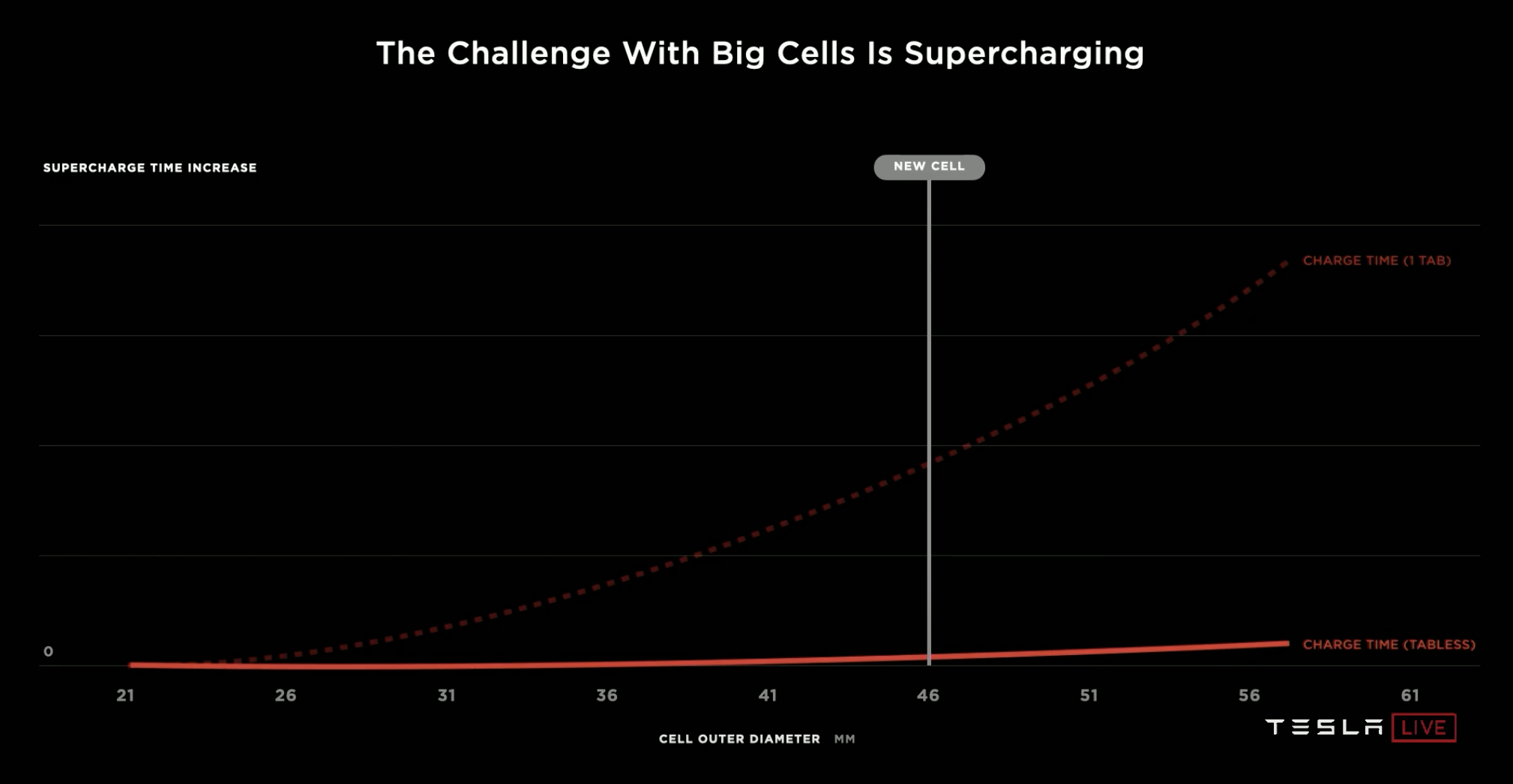tivoboy
Active Member
I recently did a trip from Bay Area to Bend, OR and back. If I timed the arrival at the V3 SC’s right, with about 10-15% SOC upon arrival, I could hit the 250KW and 1070mph charge rate no problem each time. Yes, it only lasted about 10-12 minutes for charging time and then went down to about 670mph for the rest of my session, but I didn’t stay till full. The last one I did, I arrived at the SC with 48 miles on the battery (2018 LR M3) and it held for 10 minutes, then tapered. I don’t recall the car doing it’s normal pre-conditioning on the nav, but the OUTSIDE temp was 105 at the time anyway, so there might not have been a need to pre-condition. In 16 minutes the car added 197 miles which was all I need to easily get to home. I find that a pretty good charging rate and totally acceptable for our travel needs.



